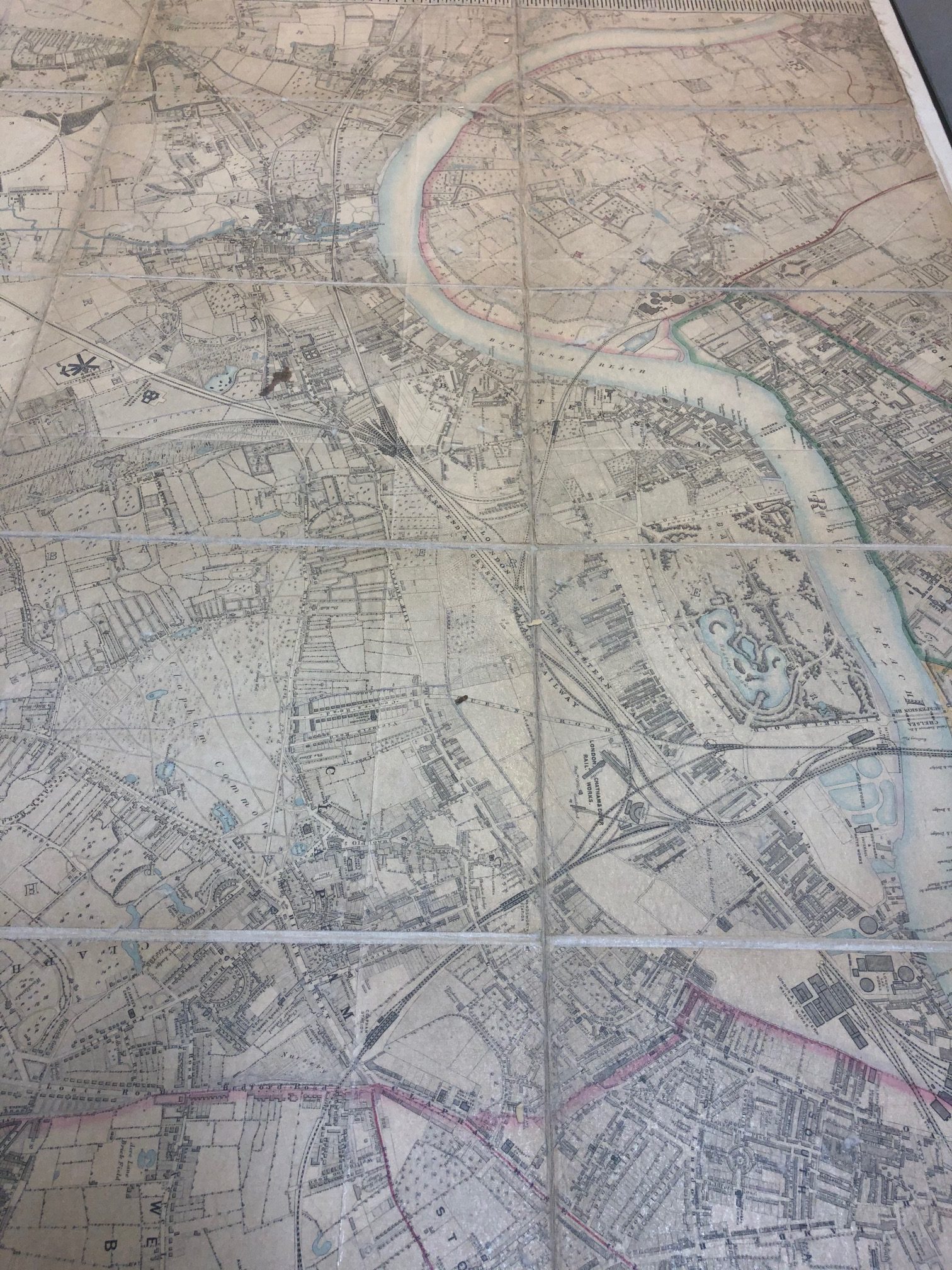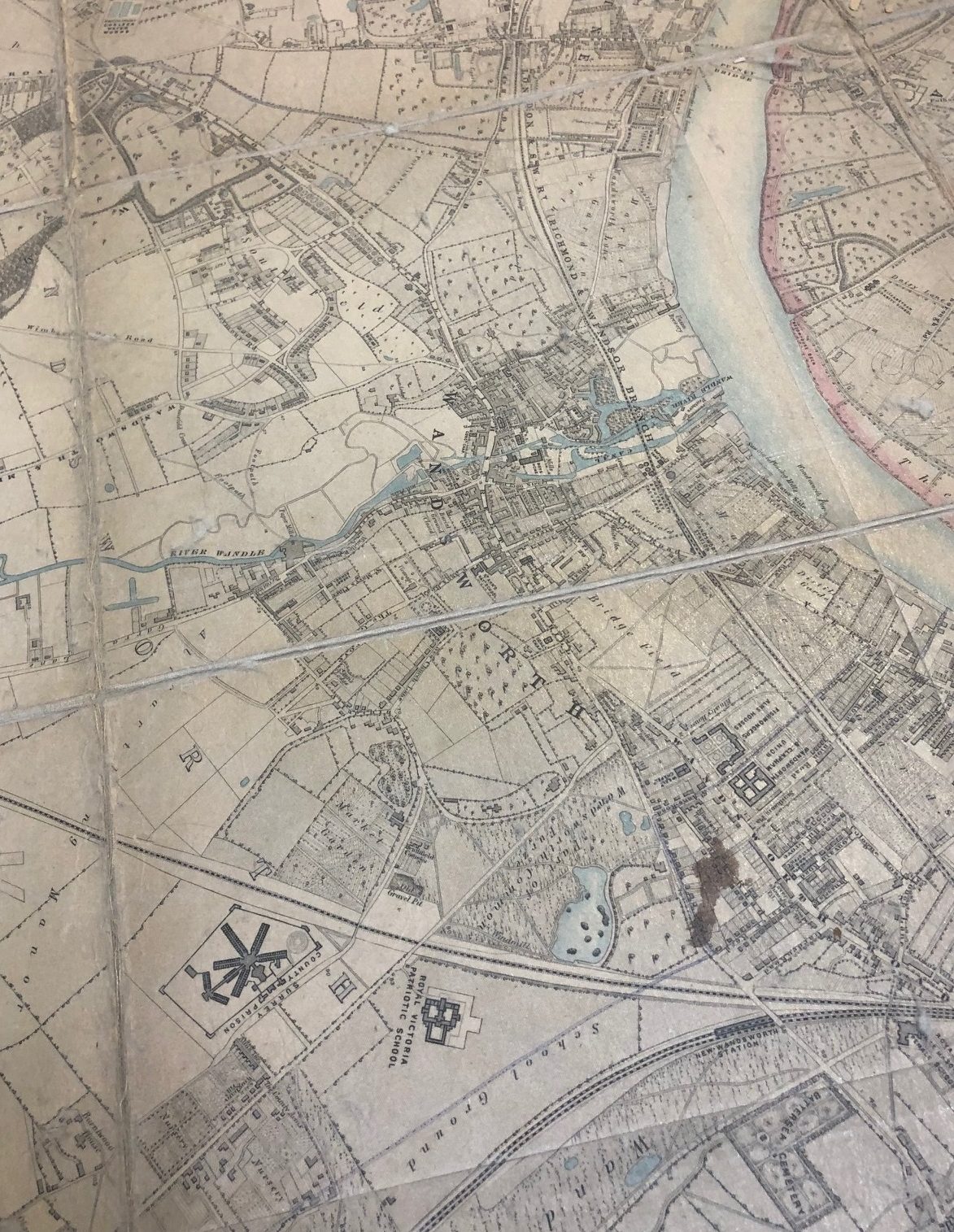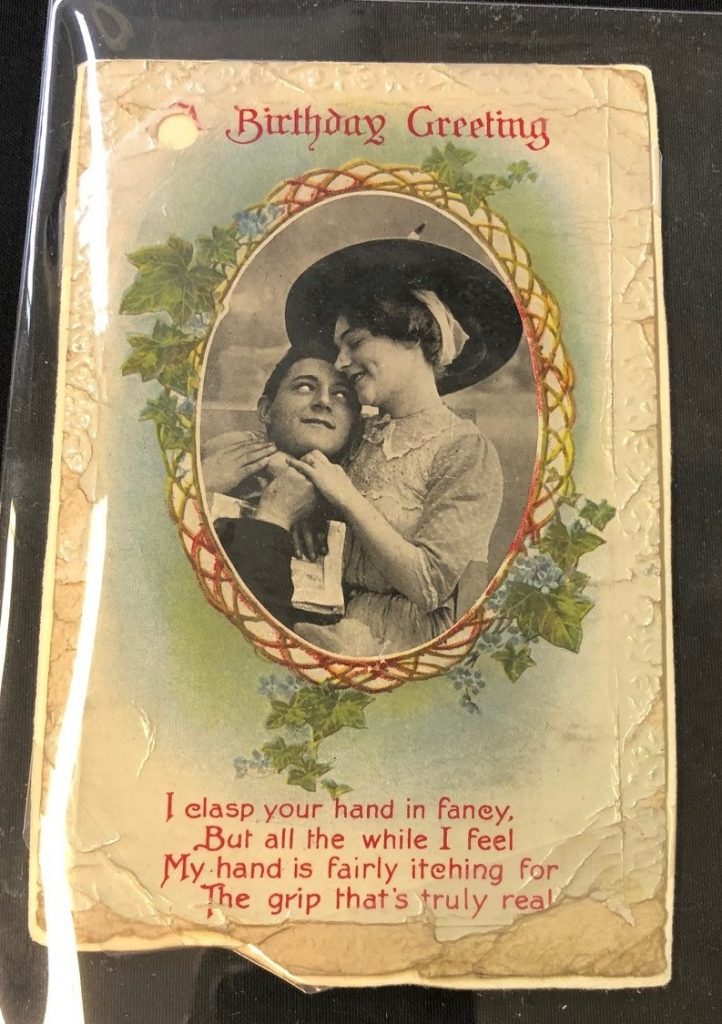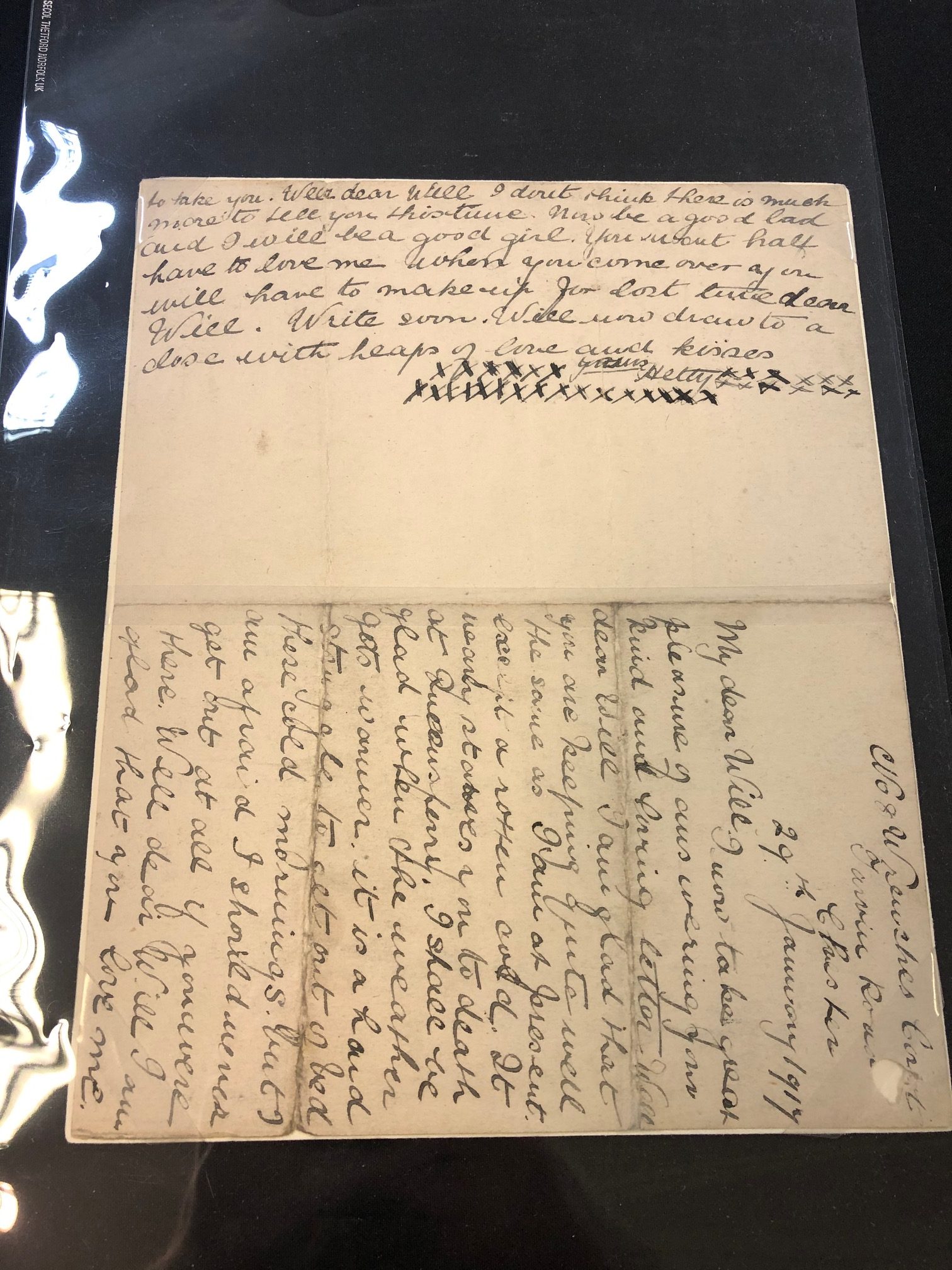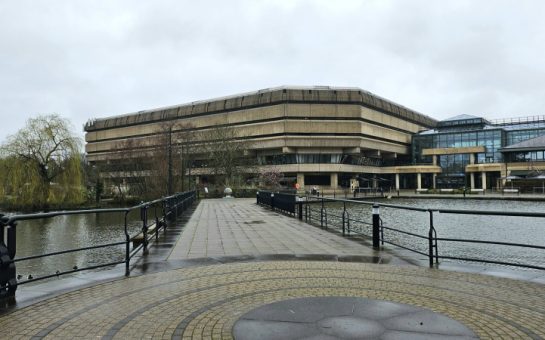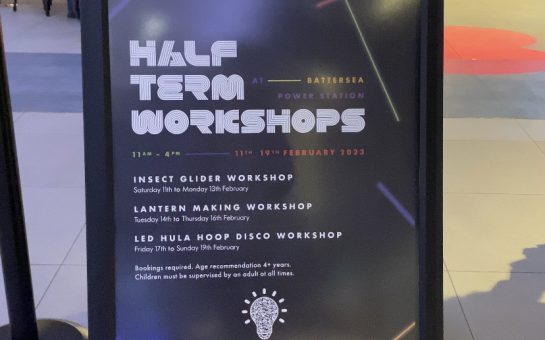By Samuel Draper
February 5 2020, 16.40
Follow @SW_Londoner
The National Archives in Kew are a delight for historians and behind the scenes lie even more boxes full of treasures from the past.
On a tour of the archives, guide Marcus Wheatley insisted that they are ‘not like an Amazon warehouse’, although it is possible to be fooled.
Behind-the-scenes tours at the National Archives, now running on the first Friday of every month, explore the hidden world behind the climate-sealed doors of the two buildings in Kew.
Tour of historic proportions
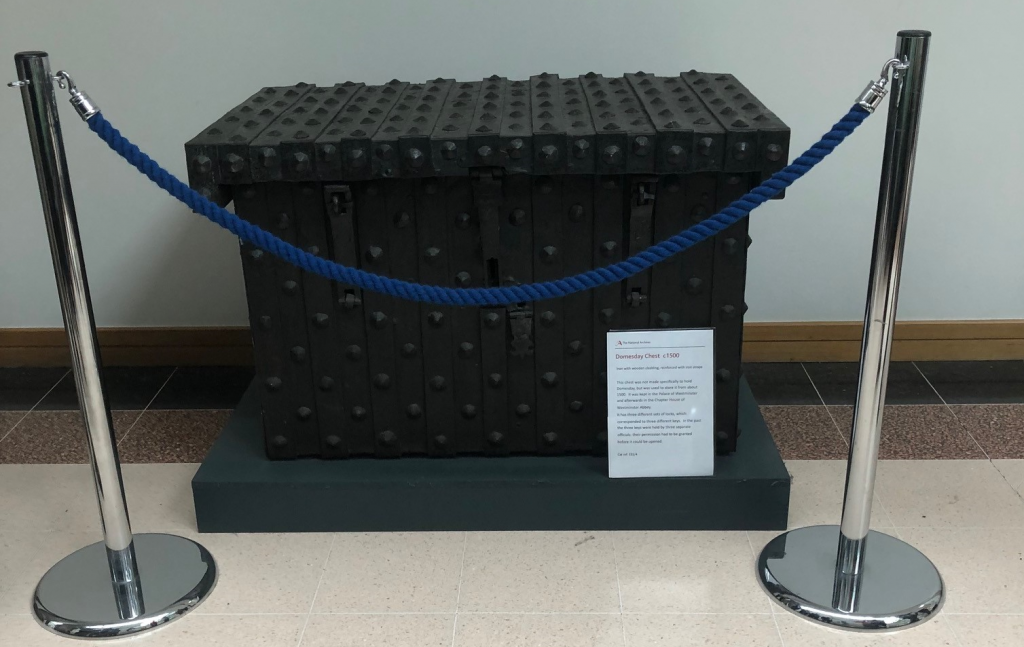
Early records were kept in large chests like the Domesday Chest or the Million Bank chest.
However, with some records damaged, and a decimated rat once found amid the files, the Public Records Office was formed to create a clearer scheme for organising important documents.
Now, their storage boxes are acid-free to protect papers, as well as being able to withstand some fire and water damage.
The Collection Care department are an on-site team of scientists and designers charged with protecting documents and ensuring there are always optimum conditions in the seven on-site depositories.
Other storage tactics include large bound books featuring fabrics and patents, and an enormous box trusted with safely delivering a map of Prince Edward Island to Canada where it was taken on loan.
With over 11 million records and counting, dating back to the Charter of King Edgar granting land from 974C.E., there are many hidden stories for amateur and professional researchers wanting to do their own digging.
Acquiring a free reader’s ticket is strongly encouraged.
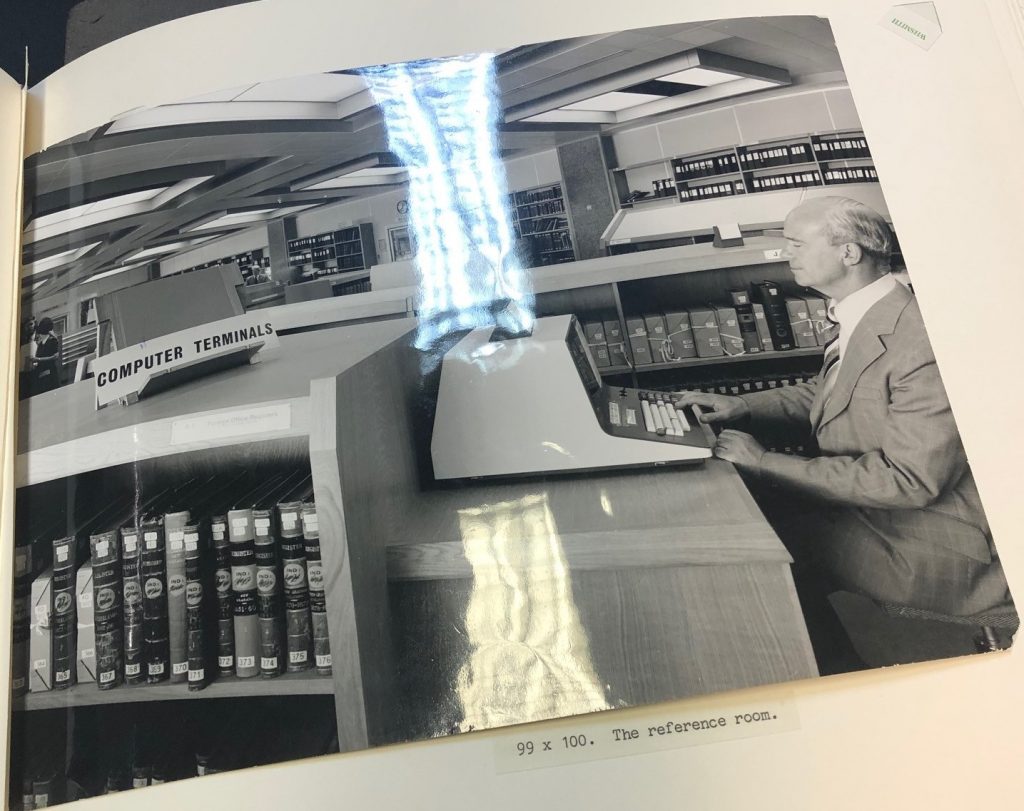
Some items, including the 6% of documents which have been digitised, are stored in DeepStore, a salt mine in Cheshire, although they can be ordered and delivered to Kew within three working days.
On-site items can be delivered to researchers within an hour, and the tour introduces curious minds to DORIS, the system involved in ordering and tracking documents as they travel across the site.
As the official publication of government files moves to a 20-year release system, they’re approaching the digital age, having recently issued files related to 1996 and John Major’s last full year as PM.
The Archives are working to preserve the current government’s digital footprint, saving posts from platforms like Twitter and Flickr in bulk.
Exploring south west London’s past
Records specialist Katie Fox showed items related to south-west London, even more hidden secrets of the archives.
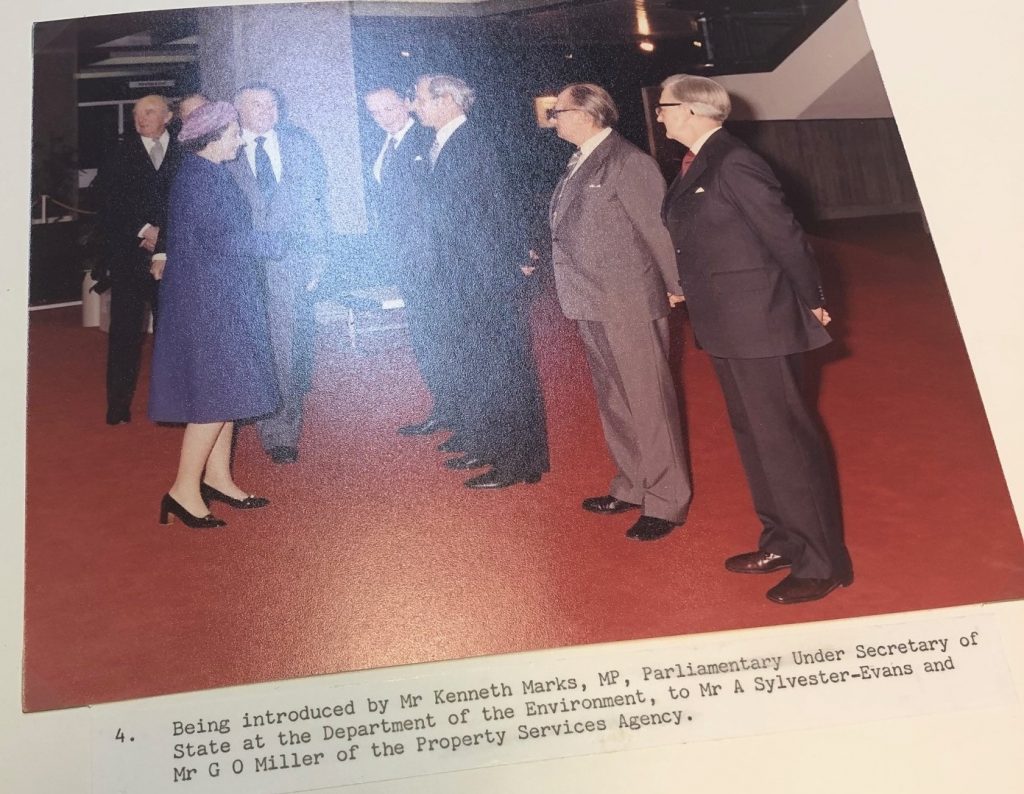
The first National Archives building in Kew, called Q1, was built in 1977 and opened by the Queen, documented in their own photo albums of the occasion.
Whilst it is a myth that you must wear gloves to handle documents, they are necessary whilst handling photographs.
This map of south-west London was used for the census on April 5 1891, and showed the way that the area has changed over the past 130 years, whilst still centring around places like Battersea, Putney and Wimbledon.
From the Archives with love
The National Archives is preparing for the With Love exhibition which opens on Valentine’s Day and runs to early July.
This small birthday card and love letter from Hetty was retained in the service record of William Crawford after the First World War.
The letters reveal some intimate details. Hetty writes: “I shall be glad when the weather gets warmer, it is a hard struggle to get out of bed these cold mornings”
She tells her husband: “When you come over, we will have to make up for lost time, dear Will. Write soon.”
Love letters found in government-held records are not your typical romantic tales and many more feature in the exhibition, with correspondence dating back 500 years up to the 1930s.
Behind the scenes tours now run on the first Friday of the month. Tickets cost £10 and are available from Eventbrite. More information can be found at nationalarchives.gov.uk/whatson.
